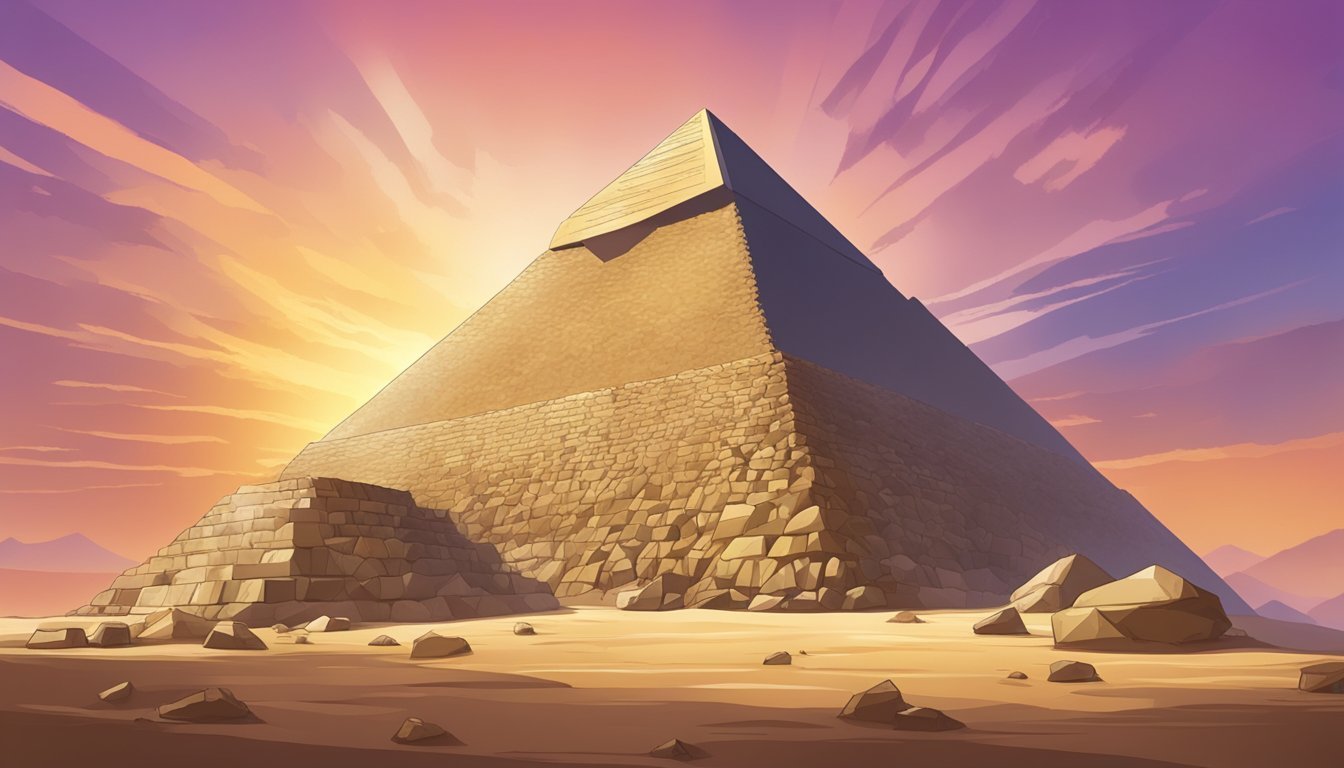A viral video shared on social media in November has ignited a lively conversation about the stewardship of Egypt’s treasured historical sites.
The footage, which features a worker chipping away at stones near the Great Pyramid of Giza, caught the eye of many and raised questions about the country’s approach to preserving its extraordinary heritage.
Concerns Over Preservation Practices
The Great Pyramid, recognized as a UNESCO World Heritage site and a hallmark of ancient engineering, has become a focal point in this discussion.
Tourists recorded the construction activity taking place at the 4,600-year-old pyramid, leading to growing concerns among the public.
In response to these worries, officials from the Ministry of Tourism and Antiquities stepped in to clarify the situation, assuring everyone that the ancient structure was not in danger.
They explained that the work involved removing modern materials that had built up over the last two decades—an initiative designed to improve the site’s infrastructure for visitors rather than a form of demolition.
Ayman Ashmawi, the head of the Ancient Egyptian Antiquities Sector, voiced his concerns about the lack of expert antiquities oversight during the operation.
He underscored the necessity of specialized supervision for projects related to such significant historical landmarks, emphasizing the importance of adhering to the highest preservation standards.
Political and Expert Reactions
The incident also caught the attention of Amira Abu Shoka, a member of parliament, who sought to clarify the matter with tourism minister Sherif Fathy.
She expressed her worries about how this situation might affect Egypt’s tourism industry and its reputation abroad.
Responding to her inquiries, the minister promised a comprehensive investigation.
The Ministry further assured the public that this work was part of implementing a new lighting system aimed at improving the visitor experience—without disturbing any ancient stones.
Despite these reassurances, skepticism remains among the public.
Experts are calling for stricter adherence to UNESCO guidelines and the best practices established by the Venice Charter.
Egyptologist Monica Hanna has warned that mismanagement poses a significant threat to the country’s rich heritage, referencing past controversial restoration efforts that raised international alarms.
Balancing Progress and Preservation
This ongoing discussion takes place alongside the imminent opening of a new visitor center, a key component of a $51.1 million renovation plan for the Giza Plateau.
This ambitious project, which includes a new highway and an array of amenities, aims to enhance the visitor experience but has sparked debates over how to balance modernization with the preservation of historical sites.
Professor Salima Ikram, an esteemed archaeologist, stressed the importance of responsible supervision over all construction activities on the plateau.
She urged that development near the pyramids should be limited to protect the unique aesthetic and historical value of the area.
As Egypt grapples with the challenge of merging progress with preservation, the ongoing conversation surrounding the Great Pyramid serves as a poignant reminder of the collective commitment to safeguarding the nation’s priceless heritage for generations to come.


